Courses
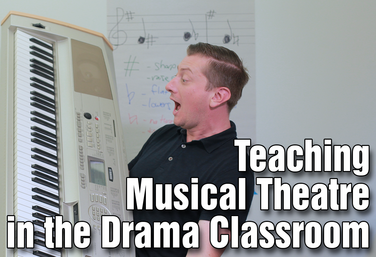
Teaching Musical Theatre in the Drama Classroom
by Colin Oliver
Units
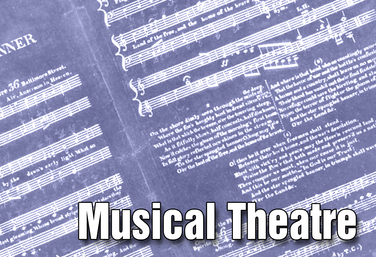
Musical Theatre
by Anna Porter
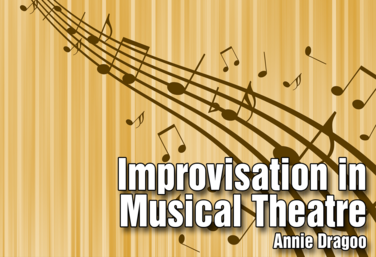
Improvisation in Musical Theatre
by Annie Dragoo

Musical Theatre History Museum Project
by Annie Dragoo
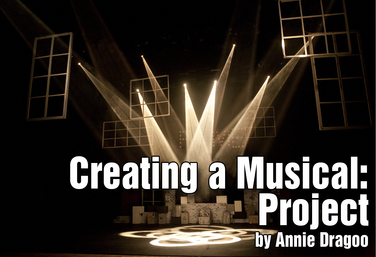
Creating a Musical: Project
by Annie Dragoo
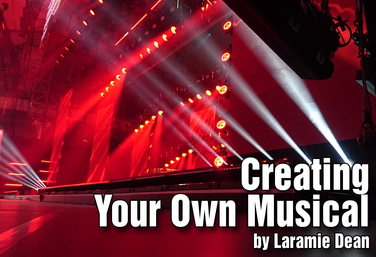
Creating Your Own Musical
by Laramie Dean
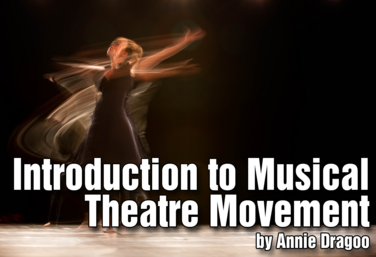
Introduction to Musical Theatre: Movement
by Annie Dragoo
Lesson Plans
Emergency Lesson Plan: Fallen Phrase Puzzle - Musicals
by Lindsay Price
Group Musical Poster
by Matthew Banaszynski
Emergency Lesson Plan: Musical Theatre Licensing Masterclass
by Lindsay Price
Acting vs. Performing a Song
by Annie Dragoo
Introduction to Musical Theatre Conventions
by Annie Dragoo
Character Analysis - Musical Theatre Version
by Annie Dragoo
The Musical Theatre Audition Slate
by Annie Dragoo
A Podcast Musical Analysis
by Annie Dragoo
Reading Basic Musical Dynamic Markings
by Annie Dragoo
The Musical Theatre Audition Portfolio Project
by Annie Dragoo
Improv a Musical
by Ed Reggi
Resources

Masterclass with Jim Hoare: Musical Theatre Licensing
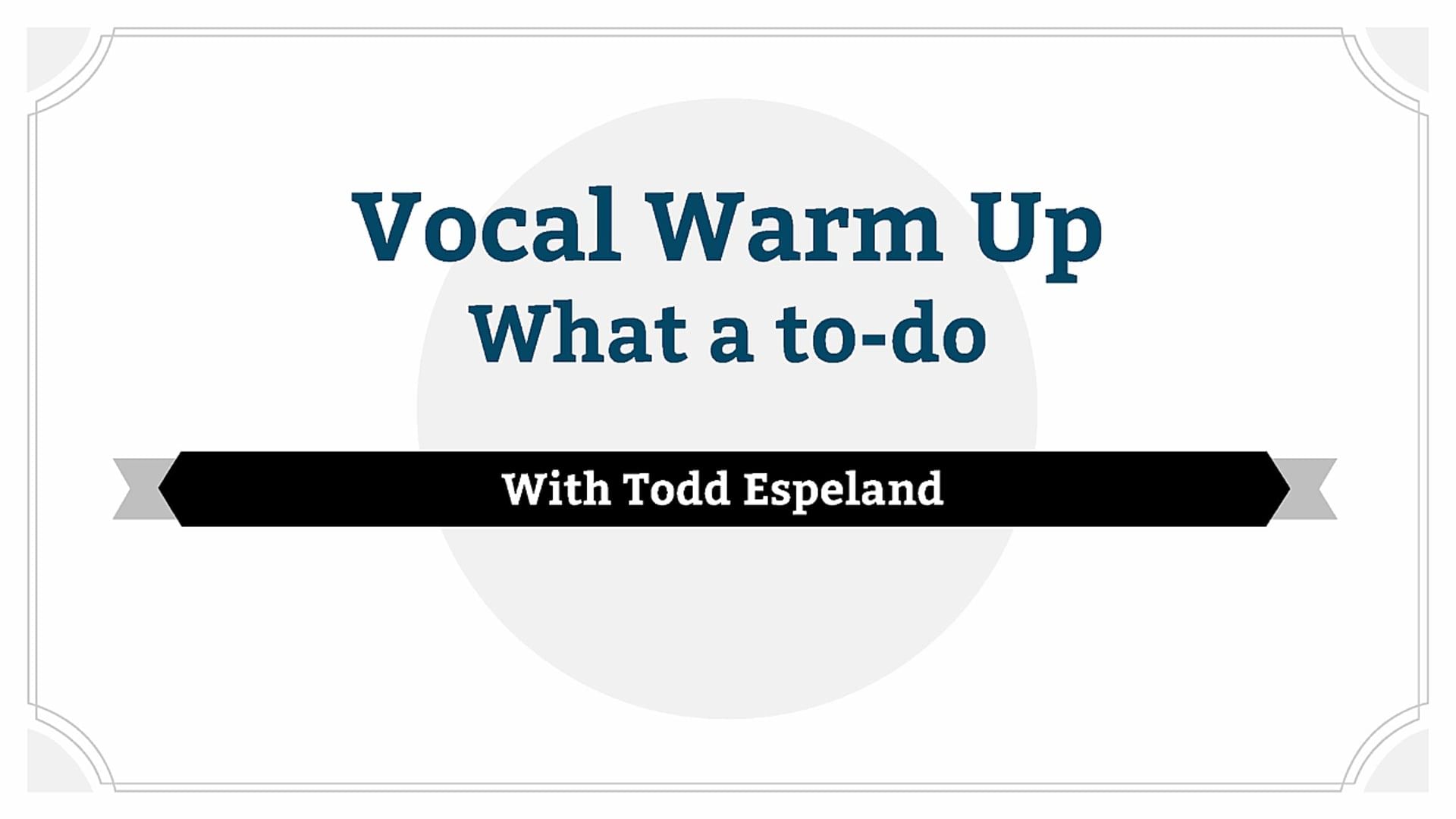
Vocal Warm-up
Musical Theatre Vocal Warm-Up
Cinderella Movie Viewing Quiz
PLCs

Musicals
Hosted by Matt Webster, Roxane Caravan, Tricia Oliver

Musicals: Rehearsals
Hosted by Matt Webster

Putting Up Your First Musical
Hosted by Matt Webster, Lindsay Price, Jeremy Bishop, Jessica McGettrick